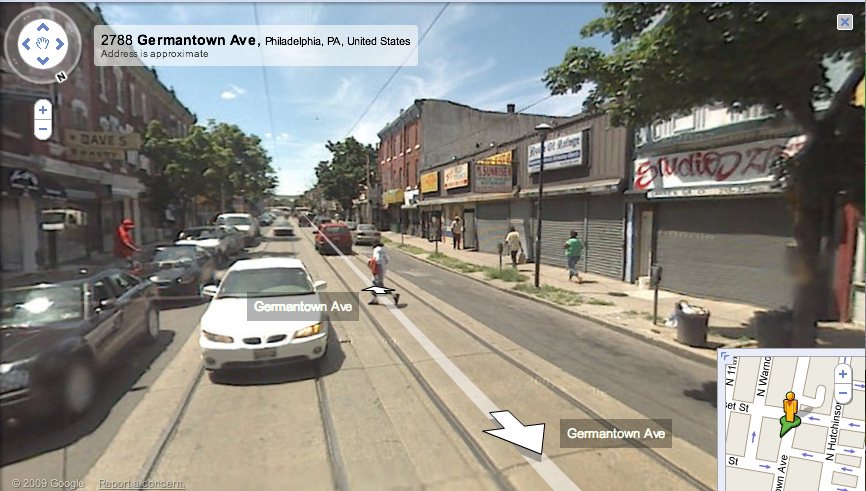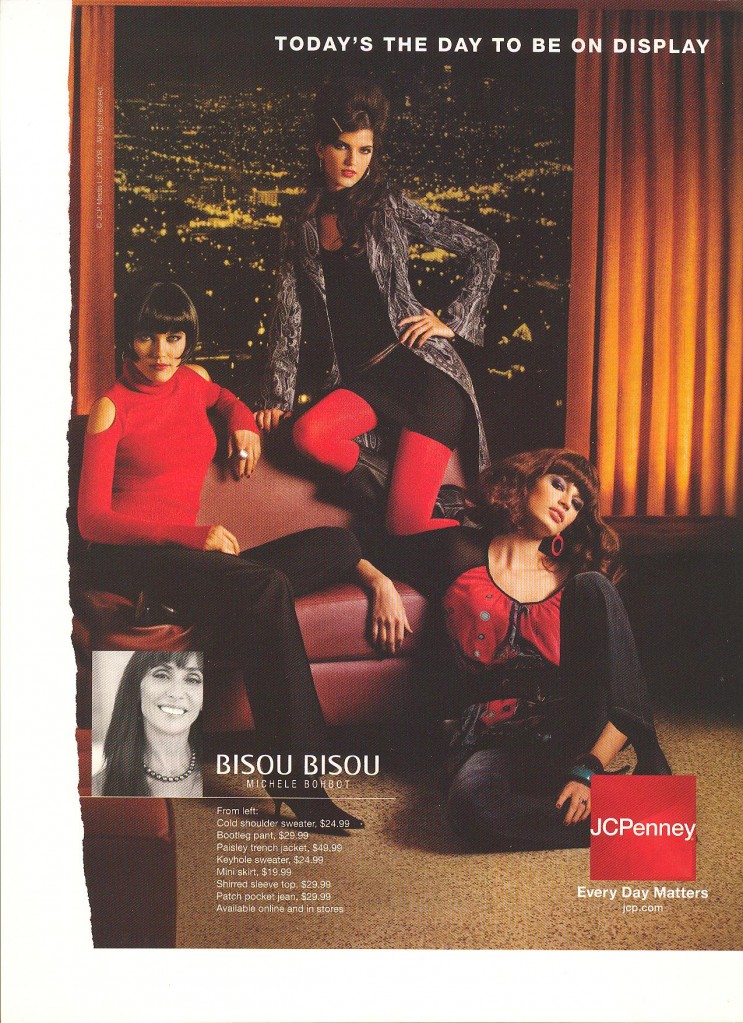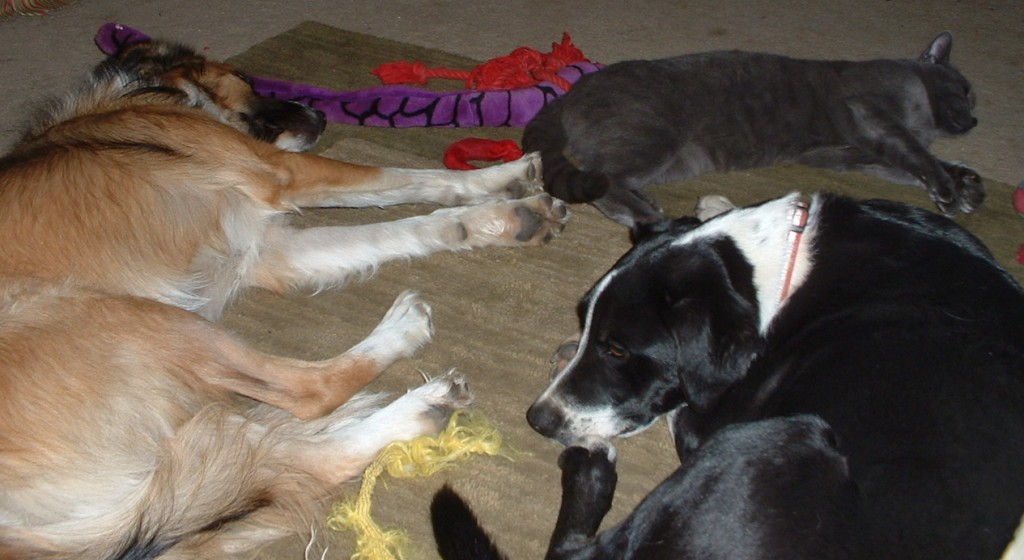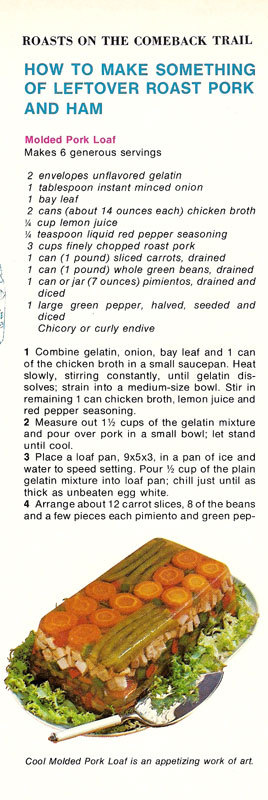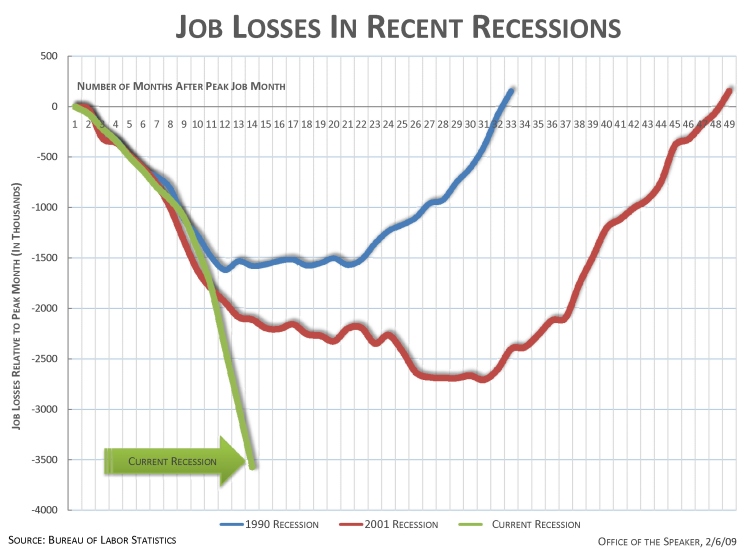Sport is socially constructed. What counts as a “real” sport is determined by social convention, as any hard core cheerleader will tell you. Sports are also gendered and the degree to which an athletic activity is feminized correlates pretty closely with whether or not we feel it is a “real” sport. This translates into an interesting phenomenon in which excelling at athletic activities deemed feminine and not-really-sport includes obscuring the athleticism involved. That is, part of what it means to be a good athlete in that sport is to be able to hide exactly how athletic you are.
Feder makes this point in her excellent article, “A Radiant Smile From A Lovely Lady.” She explains that female figure skaters are required to perform femininity and hide their athleticism with costume, make-up, feminine gestures, and softened movements. One coach was quoted as saying, “I always tell my girls: think like a man, but act and look like a woman.”
At the time her article was published (1995), the U.S. and International Skating Union still called them “ladies” and required them to wear skirts (after Debi Thomas wore a unitard at the Olympics, horror of horrors). Women were only allowed to do one triple jump (while men were required to do at least two) and they were disqualified if they did a back flip.
Further, media coverage of women skaters tends to focus not on their physical prowess, but on their dreams, how beautiful they are, and their relationships… all drenched in soft lighting and pretty music. Feder quoted commentators saying that when women jump they “float like a leaf”; their jumps are “less like stunts than whitecaps bubbling out of waves.”
What does Sasha Cohen have? “Unstoppable” strength? Oh. No. “Unstoppable charm.”
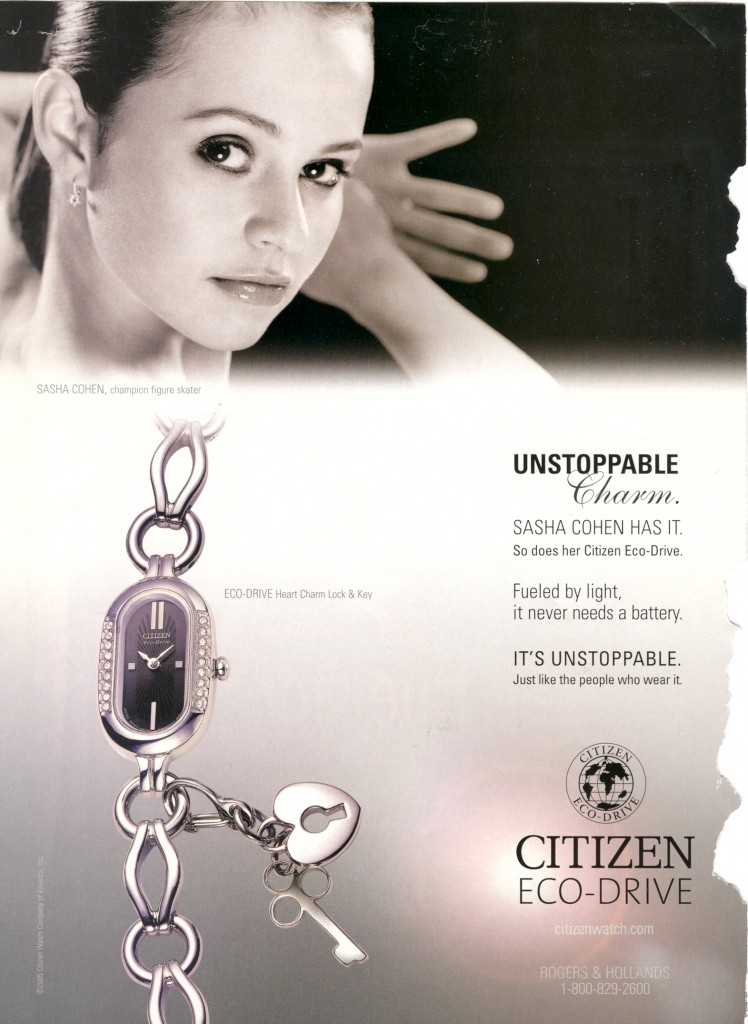
Because of ice skating’s reputation as a feminine not-sport, men who choose to figure skate are often subject to a lot of policing. Their masculinity is fundamentally called into question by their proximity to so much femininity. And, don’t forget, this is a bad thing… or so we are led to believe.
This, of course, is sexist, homophobic, and illogical (tell me again why the guy with his hands all over the girl is gay?).
I go over all of this because of a new campaign by Skate Canada to change ice skating’s image in response to the low participation of boys men in the sport. Instead of, however, challenging the misogyny, rigid masculinity, and irrationality of the “male ice skaters are gay” attack, they have decided to endorse the attack and simply re-frame ice skating as hypermasculine.
In this clip from CBC sports, representatives of Skate Canada explain how they’ve been policed for their participation, and then explain how “tough” ice skating is and how they’re the ones “dealing with all the… pretty ladies.” So ice skating is redeemed by reframing the sport as (athletically and sexually) hypermasculine, instead of calling into question hypermasculinity itself.
Of course, it’s much easier to re-frame your object to fit cultural norms than it is to change cultural norms. I get it. It’s practical. And that’s exactly the point. When it comes down to it, most people will re-frame rather than fight and this is why social change is so difficult.


